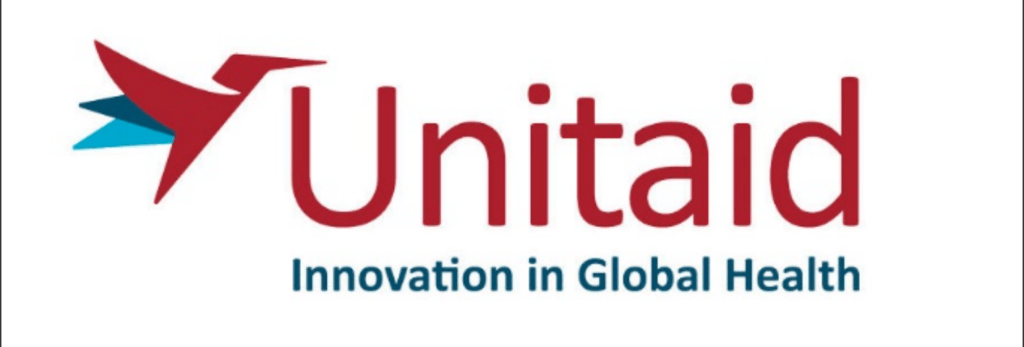Improving the management of children with Severe Acute Malnutrition: increasing access and quality of the diagnosis of tuberculosis
RetourIn children suffering from severe acute malnutrition (SAM), tuberculosis is common, difficult to diagnose and often fatal. In 2024, the GHiGS team, together with partners including the University of Zambia (UNZA) and others, published the main results of the TB-Speed SAM diagnostic cohort study funded by Unitaid. In order to improve the management and early detection of this disease in children


The TB-Speed SAM diagnostic cohort, funded by Unitaid, is a research project whose aim is to “strengthen the management of paediatric tuberculosis and improve its early detection”.
As part of this study, the GHIGS team at the BPH has developed treatment decision algorithms (TDA) to improve the detection of tuberculosis in children with SAM aged under 5, a group that is highly vulnerable to the disease.
Marc d’Elbée, currently a post-doctoral fellow in health economics in the GHiGS team, led a modelling analysis of the cost-effectiveness of these ADT-based approaches.
He has shown that these approaches are very cost-effective for children hospitalised with SAM, compared with current practice.

International Union Against Tuberculosis and Lung Diseases (“The Union”) https://conf2024.theunion.org/
The results of the study were presented at the Union World Conference on Lung Health in Indonesia in November 2024.
The lessons learned and the prospects for capitalisation were discussed at the meeting of The Union working group on malnutrition and tuberculosis in children, co-chaired by Olivier Marcy (GHiGS), Chishala Chabala (UNZA), Bryan Vonasek (Michigan State University) and Anthony Garcia-Prats (University of Wisconsin), highlighting the need to step up the detection of tuberculosis in children with SAM in all sub-Saharan African settings.
The TB-Speed SAM TDA is currently being deployed and evaluated alongside other WHO-recommended TDAs in Mozambique and Zambia as part of the Decide-TB trial.


